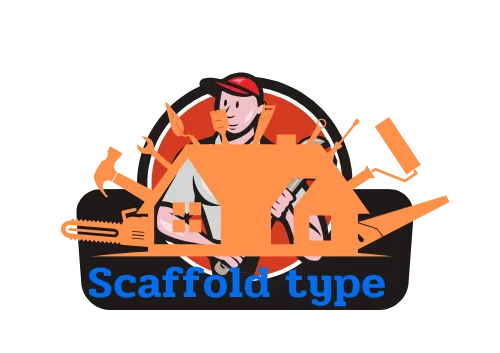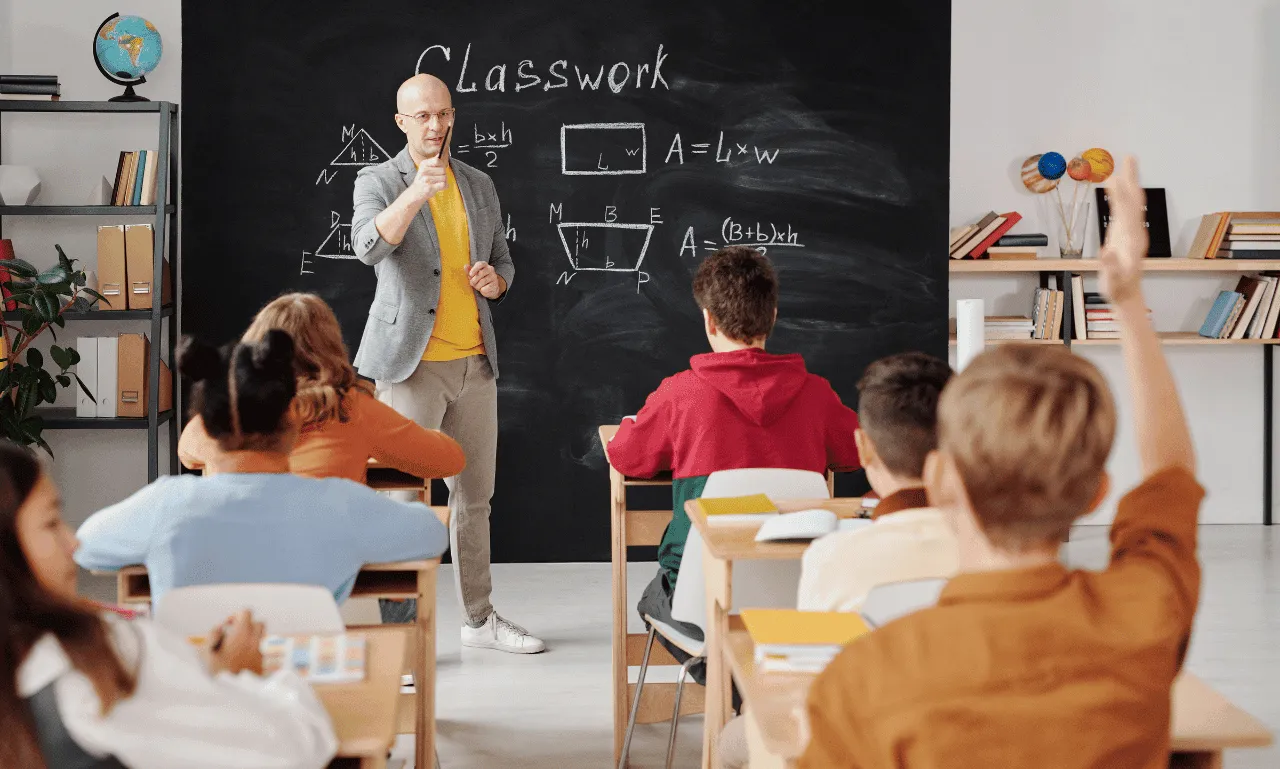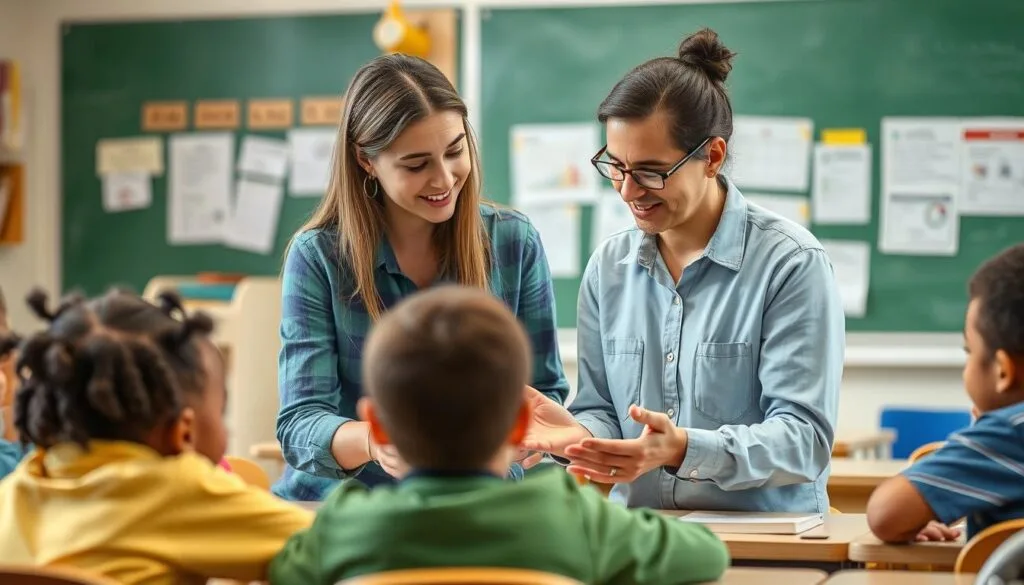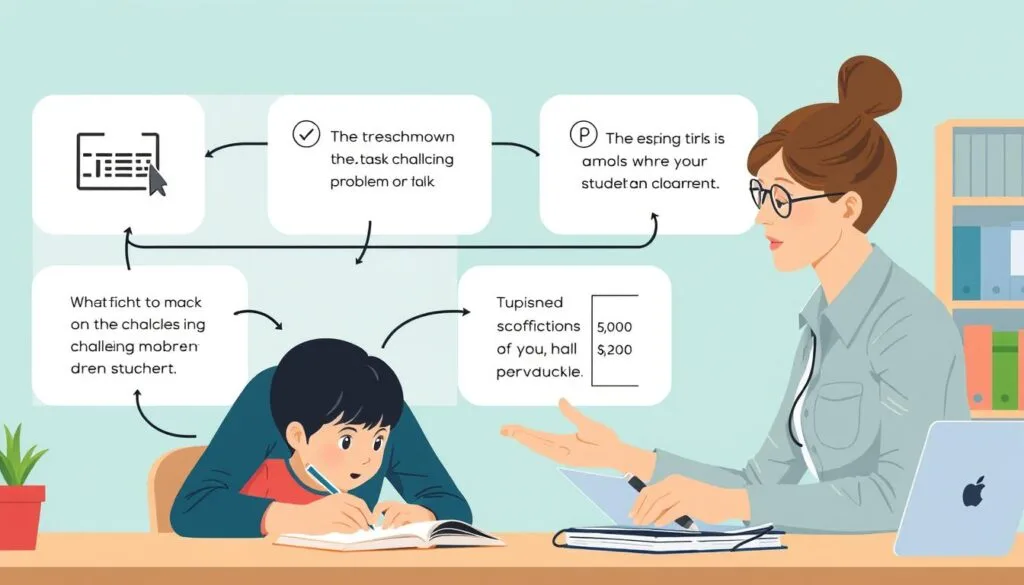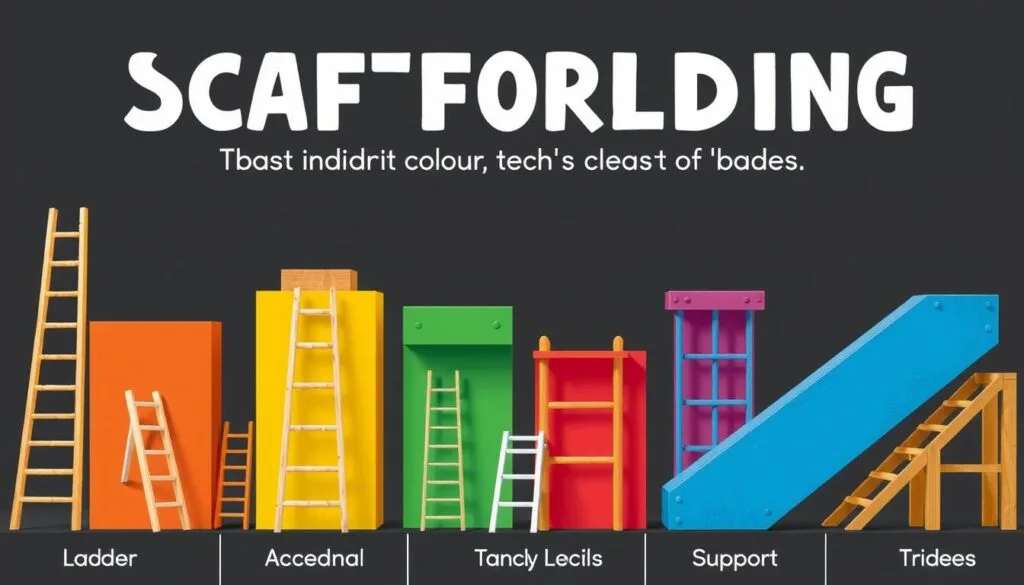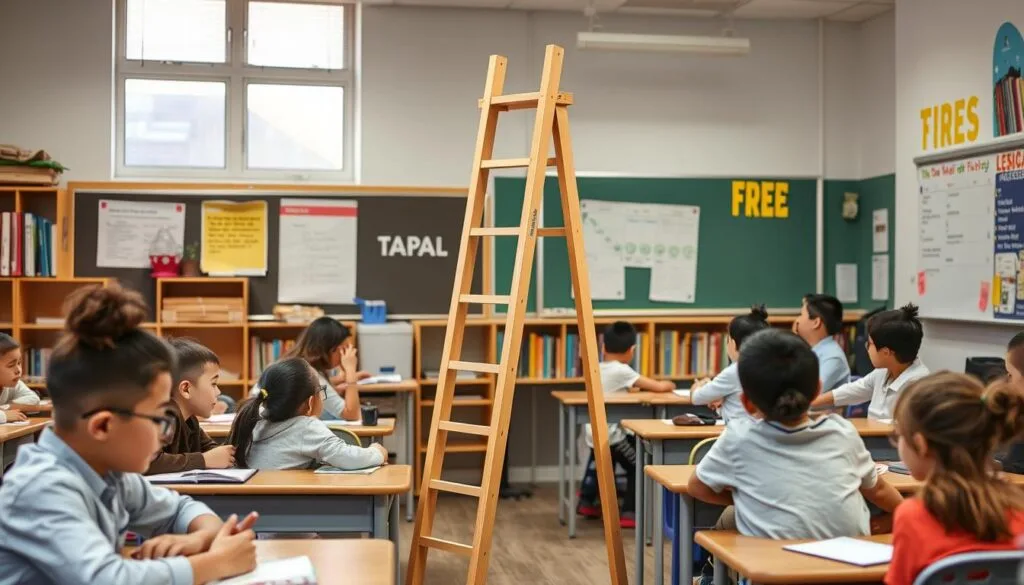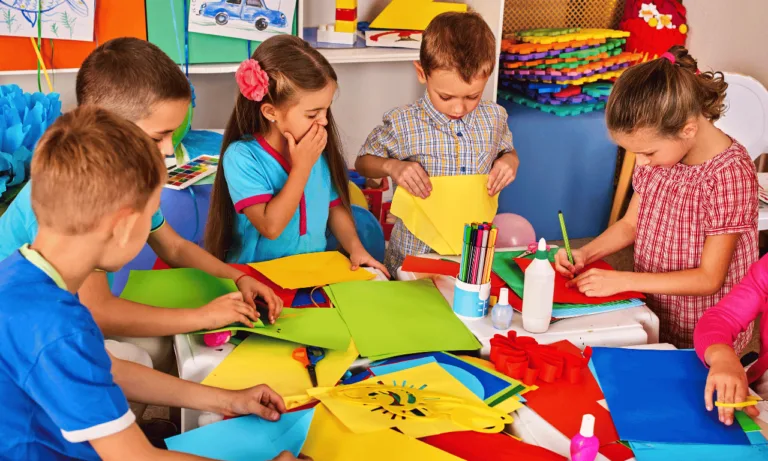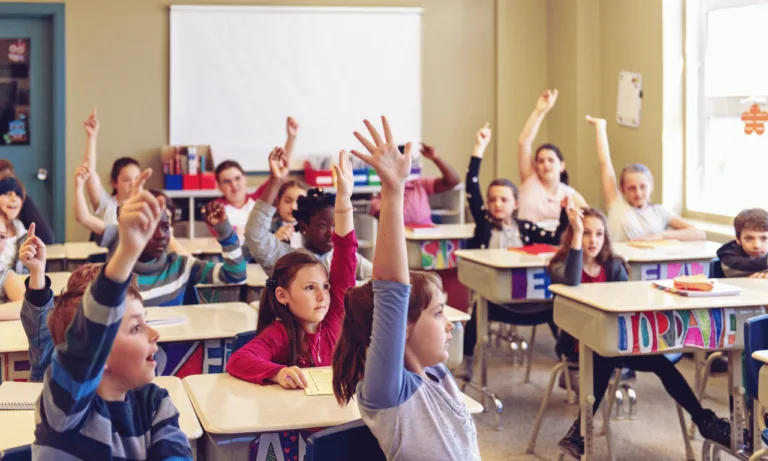Phone:
(+65)8319-0742
In education, scaffolding strategies change how students learn and grow. They act like construction scaffolding, helping students reach new heights in learning. This method lets teachers guide students through tough topics and skills.
Scaffolding in education means more than just helping out. It’s a flexible way to meet each student’s unique needs. Teachers use scaffolding in their lessons to make learning fit everyone’s style. This makes sure all students can take part and learn well.
The idea of scaffolding comes from psychologist Lev Vygotsky’s Zone of Proximal Development (ZPD). This is the area between what a student can do alone and with help. Teachers use scaffolding to support students here, helping them reach their learning goals.
Key Takeaways
- Scaffolding in education empowers student growth by providing temporary support that adapts to individual needs.
- Instructional scaffolding involves strategically embedding support into lesson planning and delivery.
- Scaffolding strategies create an inclusive learning environment that accommodates diverse learning styles.
- The Zone of Proximal Development (ZPD) is the foundation for effective scaffolding in the classroom.
- Scaffolding helps students bridge the gap between current knowledge and desired learning objectives.
Understanding the Concept of Scaffolding in Education
Scaffolding in education helps students reach new learning heights. It’s like building support for a building. Teachers use it to help students learn new things by breaking down hard topics into smaller parts. They guide students towards their goals.
What is Scaffolding in Learning?
Scaffolding means giving students the support they need to do hard tasks. It helps them grow more with guidance. Scaffolding techniques include giving clear steps, using pictures, or hints.
Scaffolding lets students tackle tough material. It gives them a framework to learn complex ideas and skills. For example, teachers might use diagrams, sentence starters, or real objects to explain abstract ideas.
The Zone of Proximal Development and Scaffolding
The idea of scaffolding comes from the zone of proximal development (ZPD) by Lev Vygotsky. The ZPD is the gap between what a student can do alone and with help. Vygotsky said learning is best when students are just challenged enough to grow.
Scaffolding means giving support in a student’s ZPD to help them learn. Teachers adjust the help to fit the student’s needs. This creates a great place for students to try new things and learn by themselves.
Scaffolding is the help given to a student that is tailored to their needs in achieving their goals. This support is gradually removed as the student becomes more proficient, ultimately resulting in the student being able to complete the task independently.
Good scaffolding needs teachers to know the subject and what each student needs. They must check how much students understand and where they need help. Teachers should change their scaffolding techniques based on how students do and what they say.
Using scaffolding and the ZPD, teachers can make learning challenging yet supportive. This way, students gain confidence, skills, and knowledge to learn on their own for life.
Key Strategies for Effective Scaffolding in the Classroom
To make scaffolding work well in the classroom, teachers need to use various strategies. These include building on what students already know, getting them to participate more, and using visual aids and graphic organizers. These methods help create a supportive place where students can grow and reach their goals.
Building on Prior Knowledge
Starting with what students already know is key to scaffolding. Teachers connect new ideas to what students are familiar with. This makes learning easier and helps students feel more confident and interested. Jerome Bruner, an American psychologist, said, “The steps taken to reduce the degrees of freedom in carrying out some task so that the child can concentrate on the difficult skill she is in the process of acquiring.”
Encouraging Active Participation
Getting students to take part is vital for scaffolding. Teachers use group talks, hands-on activities, and tech to make classes more engaging. These activities improve teamwork, communication, and thinking skills. A study found that activities like think-pair-share and structured talking time work well in keeping students involved.
“Scaffolding can be explained by the phrase ‘I do, we do, you do,’ which details how teachers should carry out the process.” – Dr. Kimberly Bednarski, Professor of Education
Utilizing Visual Aids and Graphic Organizers
Visual aids and graphic organizers are great scaffolding tools. They make information easy to understand and remember. Teachers use diagrams, charts, infographics, and videos to help students. Graphic organizers like story maps and Venn diagrams help students with texts and thinking. Studies show that these tools can boost retention by up to 65%, making them key for differentiated instruction.
| Scaffolding Strategy | Benefit |
|---|---|
| Graphic Organizers | Help students visually represent ideas and organize information |
| Pre-teaching Vocabulary | Leads to better comprehension and interest in challenging texts |
| Modeling | Demonstrates expected tasks or activities for students |
| Structured Talking Time | Facilitates learning through discussions and collaboration |
By using these strategies, teachers can make learning supportive and engaging. With scaffolding tools and differentiated instruction, students can build a strong base of knowledge and skills. This helps them do well in school and beyond.
Meaning of Scaffolding in Education
Scaffolding in education helps students understand subjects better. It’s a way teachers support learners by showing how to solve problems and gradually letting them do it on their own. This method helps students become more confident in learning by themselves.
Lev Vygotsky’s “Zone of Proximal Development” links closely with scaffolding. This idea says kids learn best with guidance from others. Teachers use this zone to make learning challenging yet supportive, helping students grow and achieve more.
Good scaffolding means making learning welcoming for everyone. Teachers use scaffolding and differentiated instruction to meet each student’s needs. This way, every student can connect with the material and understand it deeply.
“Scaffolding is a powerful tool that can help students of all ages and abilities to reach their full potential. By providing targeted support and gradually releasing responsibility, teachers can empower learners to take ownership of their education and become confident, independent thinkers.”
Studies show scaffolding works well across different levels and subjects. A study at the 2012 American Educational Research Association meeting showed its benefits in STEM education. Another study in the Educational Technology Research and Development journal found it helps middle schoolers build strong arguments in problem-based learning.
Scaffolding isn’t just for the classroom. A study in the Language and Education journal looked at how it helps in a dual language classroom. Another study in the Educational Psychology Review journal talked about how giving students more responsibility helps their learning.
Teachers are finding new ways to use scaffolding to support students. A study in the Journal of Teacher Education talked about its role in American education. By using scaffolding examples, teachers can make learning environments that help students grow, stay engaged, and reach their goals.
Scaffolding Techniques for Different Grade Levels
Scaffolding strategies and tools are key for supporting students at all grade levels. They help learners by meeting their specific needs and stages of development. This way, educators can help their students succeed and reach their highest potential.
Scaffolding in Primary School Lessons
In primary school, scaffolding is vital for young learners to develop basic skills and understand new ideas. Effective strategies for this age include:
- Guided reading sessions that provide targeted support and feedback
- Graphic organizers to help organize and visualize information
- Think-alouds to show how to think and solve problems
- Sentence frames and templates to aid in writing
- Peer collaboration and small group discussions for social learning
- Manipulatives and hands-on activities to make hard concepts easier
- Step-by-step problem-solving guidance to build confidence and independence
Using these scaffolding tools and techniques, primary school teachers can make learning supportive. This encourages students to grow, take risks, and explore new ideas.
Adapting Scaffolding for High School Students
High school students face more complex learning demands and cognitive abilities. Teachers need to adjust their scaffolding strategies to meet these needs. Some effective scaffolding methods for high school include:
- Project-based learning that encourages critical thinking and self-exploration
- Socratic seminars and structured discussions for deeper understanding and diverse views
- Detailed explanations of complex theories and concepts for a solid foundation
- Encouraging self-directed research and inquiry for independence and curiosity
- Providing models and exemplars to show quality work and set expectations
- Offering targeted feedback and support to improve skills and overcome challenges
By choosing and using these scaffolding strategies, high school teachers can help their students tackle tough content. They can develop higher-order thinking skills and take charge of their learning.
| Grade Level | Key Scaffolding Strategies |
|---|---|
| Primary School | Guided reading, graphic organizers, think-alouds, sentence frames, peer collaboration, manipulatives, step-by-step problem-solving |
| High School | Project-based learning, Socratic seminars, detailed explanations, self-directed research, models and exemplars, targeted feedback and support |
By adjusting scaffolding techniques for different grade levels, educators can create a dynamic and inclusive learning environment. This approach empowers all students to reach their full potential and achieve academic success.
Benefits of Implementing Scaffolding in the Classroom
Using scaffolding in the classroom helps students grow and succeed. It gives them the support they need to understand tough topics. Teachers guide them, making learning easier and more fun.
Mastery of Challenging Content
Scaffolding helps students overcome hard material. It breaks down big topics into smaller parts. This makes learning easier and builds confidence.
Teachers use step-by-step support to help students. This approach improves how well they remember information. It also helps them feel ready for future challenges.
Enhancing Student Understanding
Scaffolding fills learning gaps and deepens understanding. Teachers use clear guidance, pictures, and activities to connect new info with what students already know. This support helps students understand complex ideas better.
It makes learning stick with them longer. As Vygotsky’s theory says, talking and working together helps students learn and grow. Scaffolding techniques make this happen.
Gradual Release of Responsibility
Teachers start by giving a lot of help and then give less as students get better. This way, students learn to take charge of their learning. It’s like the ‘I Do, We Do, You Do’ method.
Students start to own their learning as they go. They learn to do things on their own. This builds a love for learning that lasts a lifetime.
| Stage | Teacher Responsibility | Student Responsibility |
|---|---|---|
| I Do | 90% | 10% |
| We Do | 60% | 40% |
| You Do | 10% | 90% |
Fostering a Positive Learning Environment
Scaffolding makes the classroom a supportive place. Teachers help and praise students’ progress. This makes students want to try new things, share their thoughts, and learn from mistakes.
This approach boosts both their grades and their social and emotional growth. It prepares them for success outside the classroom.
Scaffolding is not just about supporting students in the moment; it’s about building a foundation for lifelong learning and empowering them to become independent, confident learners.
By using scaffolding, teachers help students reach their full potential. They master hard topics, understand better, and enjoy learning. This sets them up for success in the future.
Conclusion
Scaffolding is a key method that helps students grow and succeed in school. It starts by giving strong support and then slowly takes it away as students get better. This method was first used by Jerome Bruner in the 1960s. Now, it includes many ways to help different types of learners.
Teachers use scaffolding to make sure every student can do well in class. They use what students already know, get them to take part, and use pictures and charts to make hard tasks easier. This way, students work better together, focus more, and learn a lot.
As students move up in school, they see how scaffolding helps them learn on their own and solve problems. Like bamboo scaffolding helps in building, educational scaffolding helps students build their knowledge. Using scaffolding well needs good insight, tools, and being able to adapt to different classrooms. But, the rewards are big – better understanding, better problem-solving, more participation, and a positive place to learn.
FAQ
What is the meaning of scaffolding in education?
In education, scaffolding means giving students temporary help, like in building construction. This help is taken away as students get more confident and independent. It helps them grow and succeed on their own.
How does scaffolding relate to the Zone of Proximal Development (ZPD)?
The Zone of Proximal Development is where a student can do things with some help but not alone. Scaffolding fills this gap. It challenges students but also gives them the support they need to do well.
What are some effective scaffolding strategies for the classroom?
Good scaffolding strategies include using what students already know and making them actively participate. Using visual aids and group discussions helps too. These methods make learning easier and help students understand hard topics better.
How can scaffolding be adapted for different grade levels?
For different grade levels, scaffolding needs to match the students’ learning stages. Younger students get help through guided reading and hands-on activities. Older students benefit from deeper learning tasks that make them think critically and explore on their own.
What are the benefits of implementing scaffolding in the classroom?
Scaffolding in the classroom helps students master hard topics and understand better. It also helps them take more responsibility. By guiding them through tough concepts, it boosts their confidence and retention. Plus, it creates a supportive classroom where students feel safe to share and learn from each other.

Protection Scaffolding: Ensuring Site Safety
Safety is of paramount importance when working at height, and proper protection scaffolding is crucial…

Curriculum Scaffolding Techniques for Educators
Enhancing the educational experience for students involves a delicate balance of effective teaching methods,…

Aluminum vs Tube Couplers: Secure pros and cons
Choosing the right material for tube coupling is key in many industries. The comparison of aluminum vs…

Essential Scaffold User Training Components
Scaffold user training is key to keeping workers safe and following the law in construction. Good training…

OSHA Standards: Sources and Exceptions
The Occupational Safety and Health Administration (OSHA) works to make sure workplaces are safe for everyone….
No posts found
